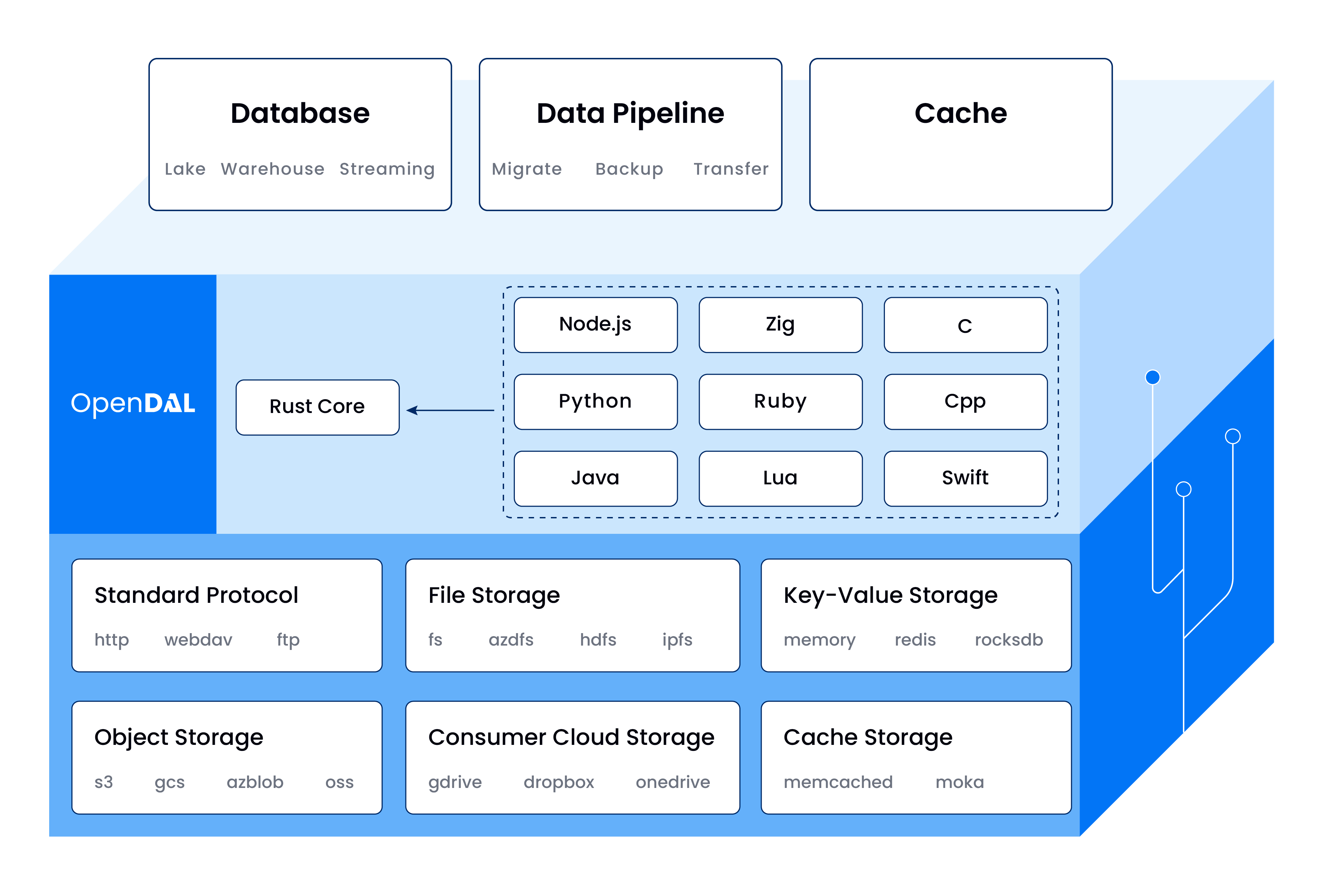Apache OpenDAL 2025 Roadmap: Perfecting Production Adoption
Hi everyone, long time no see. Although we have been actively developing OpenDAL and consistently releasing updates, we haven’t provided a clear overview of where OpenDAL is heading. This post aims to address that. Here, we will discuss OpenDAL's current position and the future directions we are moving toward.
I hope this post serves as a guide for our development, encourages more people to contribute, and ultimately helps achieve the vision of OpenDAL.

